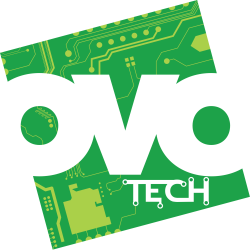Hackathon recipe:
A well rounded and balanced recipe that brings together its ingredients to form an event to help promote cross collaboration and Agile ways of working all while building out some great ideas into minimum viable products and fostering a culture of innovation.
⭐⭐⭐⭐⭐
Prep: 2-3 months
Time: 2 days
Serves: Everyone, we encourage participation across the whole business, so anyone who’d like to join should get a chance to.
Nutritional benefits:
Ingredients:
Method:
Step 1: Choose a date to run it but make sure it doesn’t conflict with any other internal events (and try to avoid half terms and school holidays!). You’ll need dates for ideation sessions and the Hackathon. Top tip: book rooms across all locations at this point to save any pain later down the line!
Step 2: Set a vision for the event, what should your teams be trying to solve or achieve? What’s important to the company - this could include anything from external events, internal problems or an area which needs some love and focus. E.g. how might we better support our colleagues' mental health through the cost of living crisis.
Step 3: Let stakeholders know the plan! We want excitement not just from us and those involved but also from leaders and senior management too. The more people who know, the more word of mouth promotion you’ll get.
Step 4: Next stop - judges! There’ll often be a natural path to choosing them based purely on the vision of the Hackathon. For example, if it’s sustainability focused - get a representative from that area to champion their space. The more variety the better, they’ll come at it from a different angle and mean teams get a chance to make a great impression.
Step 5: Communication plan! Identify those internal channels that have the best reach and engagement and make sure you tailor your comms accordingly.
Step 6: Assemble your ideators! Make sure you’re capturing all you need from attendees. Do you need to consider dietary restrictions, location preferences, access to tools? Your ideators may be different to your Hackathon attendees, and that’s absolutely fine.
Step 7: Hold your ideation session - here’s where ideas will flourish. They don’t need to be ‘ready to go’ but as long as there’s an essence, the teams at the Hackathon will shape these as their own and create magic!
Step 8: Now you should have a whole host of ideas you may not know where to start, if this is the case make sure you start grouping them into themes and try plotting them on an effort vs reward matrix - this will help you shortlist them down to present them those who want to be part of the Hackathon.
Step 9: Assemble your attendees! Go out far and wide to encourage as many people from different areas of the business to meet new people and work on innovative and value adding solutions (making sure you’re capturing info like in step 6). It’s also a great chance to let people choose which ideas they’d like to work on, let’s make sure they’re excited about coming and show that we’re actively listening to them. We create short videos to capture the several ideas we have shortlisted, this helps people to be able to quickly digest each idea to decide which they'd be open to working on.
Step 10: Hackmin (Hackathon-admin) - assemble your teams, assign them ideas, determine their location and let it be known! We like to setup slack channels for each team ahead of time to give their team mates a 👋 ahead of time.
- Email to each confirming team
- Create Slack channels
- Invite to Hackathon
- Invite to kick-off call
- Invite to Judging
- Invite to winners announcement
Step 11: It begins! Really try and drum up some momentum in your comms channels to make it known to everyone that it’s the Hackathon. We try and encourage everyone across the business to join in on the calls to make them feel part of the event so we make sure we livestream all the key meetings.
Step 12: Kick-off call time! We start the two day event with a kick off meeting (also live streamed) where we invite previous winners to present what they have built since the last Hackathon. Aside from providing them with a little ice breaker activity, try to be as hands off as possible but always be around to answer questions or provide support if they want it. Let the teams work their magic!
Step 13: It’s judgement time! Bring all your judges and teams together to present, provide feedback and ask questions. Be sure to encourage audience participation within slack channels where appropriate.
Step 14: Collate judges feedback and decide on a winner, it’s likely to be tough which is why we have our own judging criteria to mark against. Bring this feedback to the winners announcement session, so all teams get a chance to hear what the judges had to say.
Step 15: So the Hackathon is over, the winner is announced - that doesn’t mean the work is over. Consider these points to ensure momentum isn’t lost and to add the most value possible off the back of everyone's hard work…
- Send prizes to winning team members
- Communicate all Hackathon ideas and winners to the business through internal channels
- Support the development of the winning team concept
- See this as an opportunity to gather feedback on the Hackathon, how can we learn and improve for next time?
Hopefully this provides you with the steps you need in order to develop, run and continuously improve on Hackathon events you’ll do in the future!


